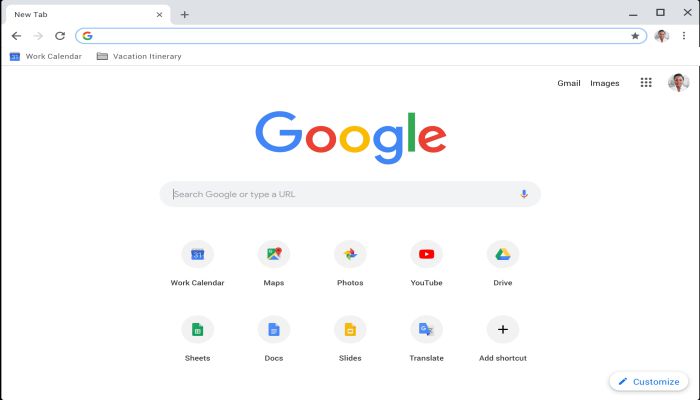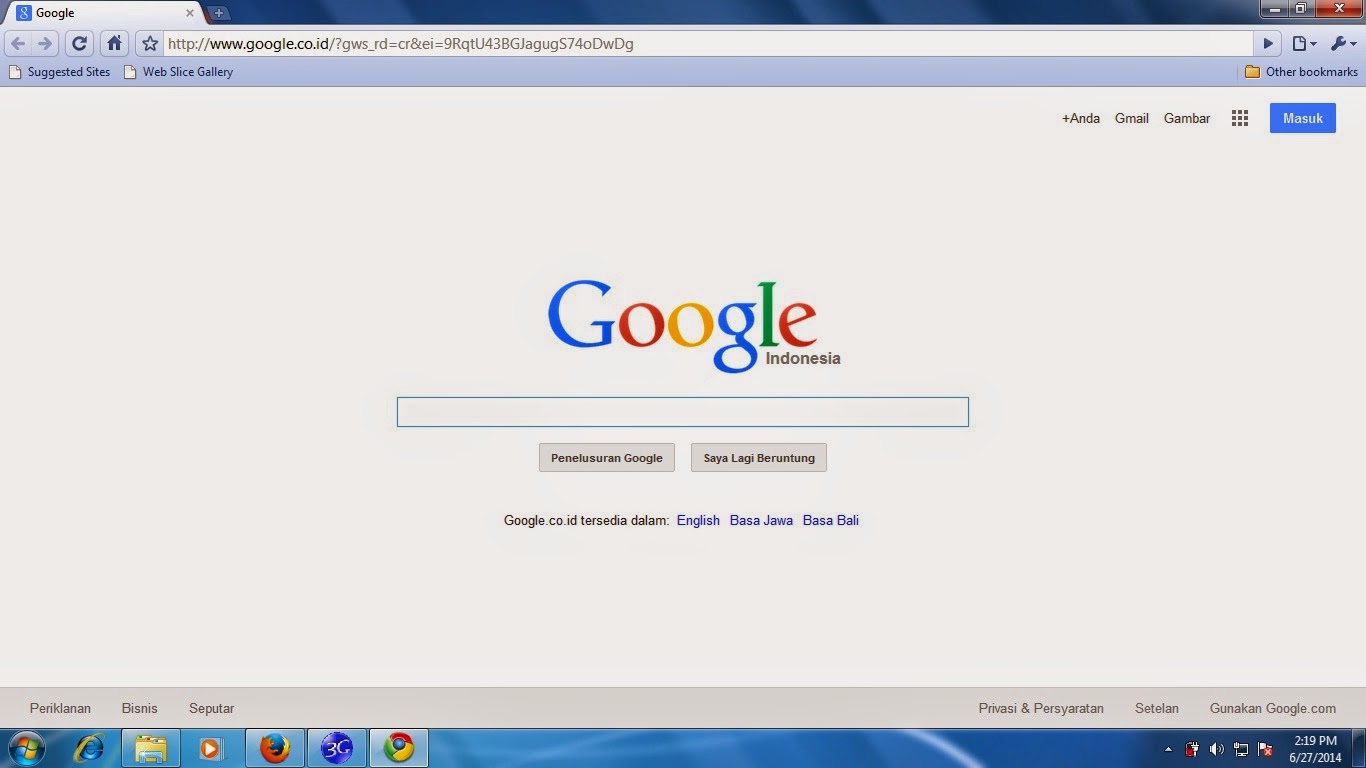

Scroll down and click the “Download Chrome” button.On your Linux machine, open the browser and go to the official Google Chrome offline installer for the Linux page.If you’re using Ubuntu, Fedora, OpenSUSE, or Dubian, follow these steps to download the chrome offline installer: The OS must be Windows 7, any edition of Windows 8, Windows 10, or more recent versions.Your computer needs to be running an SSE3-capable Intel Pentium 4 processor or newer.

Requirements for Installing Google Chrome on Windowsīelow are the system requirements that your computer needs to meet for you to install the Chrome browser: Once the file is on the destination machine, open it and follow the instructions on the installation wizard to complete the process. You can make the transfer using a USB Drive, an SD card, or an Ethernet cable. Once the download is complete, transfer the file to the Windows PC where you want to install the browser. If the download doesn’t start automatically, click the “download Chrome manually” link.

For this step, you can use an Ethernet cable, a USB flash disk, or an SD Card.

If the download doesn’t start right away, click on “download Chrome manually.” Click this link to navigate to the official Chrome offline installer for Mac page.Ensure the computer you’re using has an active internet connection.If your computer meets the above system requirement, follow these steps to download the Chrome offline installer. Google Chrome is not supported on earlier operating system versions, and thus, it might malfunction. Chrome Offline Installer for the Macīefore getting started, ensure your Mac runs on macOS High Sierra 10.13 or above. Now let’s break down the process of getting the installer across various platforms.


 0 kommentar(er)
0 kommentar(er)
